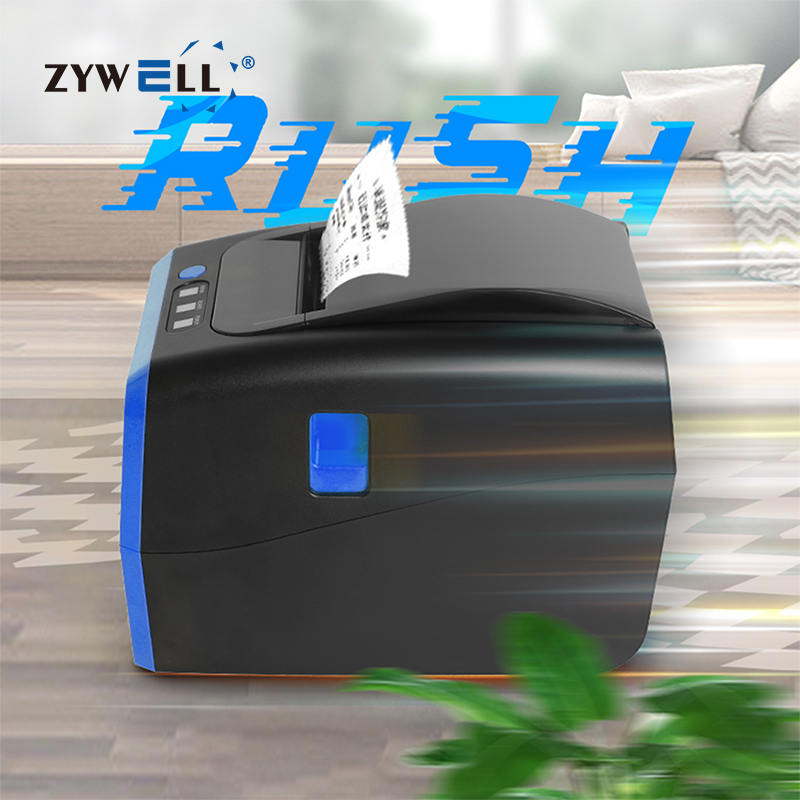ZYWELL thermal printer and pos printer manufacturer supplier in China for more than 20 years.
The Decline of Dot Matrix Printers: How Thermal Printers Became the Industry Standard
Dot matrix printers were once a staple in business environments for their affordability and durability, especially for multi-part forms.However, their slow speed, noisy operation, and poor print quality made them less suitable as business needs evolved.

Dot matrix printers use mechanical impact printing, striking an ink ribbon to transfer text onto paper.While effective for basic tasks, they produced low-resolution prints and were prone to frequent maintenance.The loud noise and slow printing speeds further limited their use in fast-paced business environments.
In contrast, thermal printers emerged as a quieter, faster, and more reliable alternative.They use heat-sensitive paper and thermal heads to produce clear, high-quality prints without the need for ink or toner.This significantly reduced maintenance costs and downtime, while also delivering sharp, high-resolution prints that dot matrix printers couldn't match.
Thermal printers became a natural choice for industries like retail, logistics, and healthcare, which require clear, fast, and durable prints for receipts, barcodes, and labels.The superior quality and quiet operation of thermal printers made them ideal for environments with high customer interaction, like retail stores and offices.
As technology improved, thermal printers further solidified their position as the industry standard, offering advanced connectivity, higher printing speeds, and greater durability.

Zhuhai zywell is a printer manufacturer and comprehensive high-tech enterprise integrating POS printer design, research and development, production, sales and service.
CONTACT DETAILS
If you have any question, please contact us.















